Every business has its own way of advertising. The marketing platforms and techniques you use depend on your industry, your target audience, and what you are trying to achieve. However, there are a few that work well for most brands and industries.
Nevertheless, Discovery ads from Google are one such example. Launched as a marketing tool in 2019 by the search engine giant, Discovery ads can help your target audience find your brand and engage with it. With a reach of up to 3 billion users, many are beginning to see the value of implementing the advertising platform in their marketing strategies.
So, how do Discovery ads work and are they worth the investment? In this post, we will look at how implementing them in your marketing strategy can help your business reach a larger audience and attract more potential customers. We will also share a step-by-step guide to help you get set up so that you can start reaping the benefits of this valuable marketing tool.
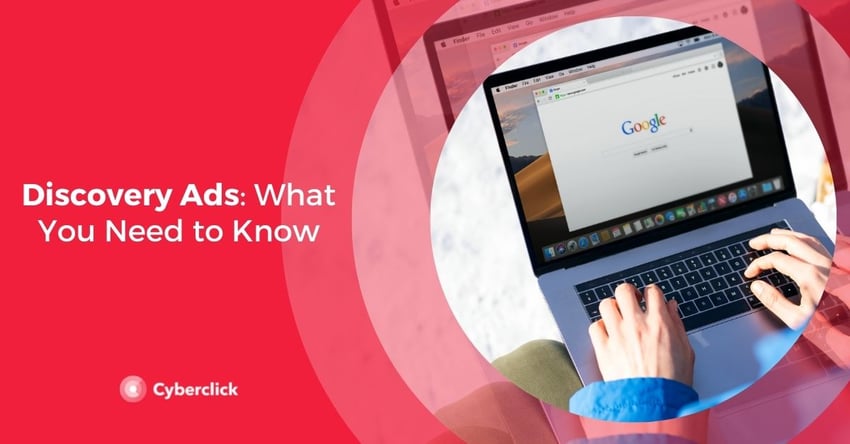
How Do Discovery Ads Work?
The way people shop has changed. Before the age of ecommerce, shoppers would make their purchase decisions based on personal experience, recommendations, and a company’s reputation. These days, social media, influencers, and online videos all play a significant role in inspiring potential consumers. In fact, many buyers now say they get most of their purchasing inspiration from exploring online content.
This shift in consumer habits has also been reflected in Google’s popular advertising feature.
In the past, Google ads were displayed to online users based on searches and intent. If you searched for the term “parasol” through Google’s search engine, you would soon begin to see a cascade of ads for beach umbrellas. This focus on search terms and keywords changed in 2019 with the launch of Google’s Discovery campaigns.
With Discovery ads, powerful AI is used to ensure ads are targeted at consumers who are ready to engage with a brand. This AI anticipates what a navigator might search for and displays relevant ads before they have time to manually search for a product.
With a reach of 3 billion, you can use Discovery ads to share your brand's story with a relevant audience that is open to discovering new products and engaging with you. Whatever your marketing goal is, Google Discovery ads can help get your brand out to the people who matter the most: your target customers.
What Are the Advantages of Discovery Ads?
- Google Discovery ads can be a great choice if you are looking to use media to drive conversions or traffic to your site. They can also be a great way to reach and connect with a new audience or with your valuable existing customers.
- Discovery ads have an expansive reach, covering all of Google’s platforms, including YouTube, Watch Next, and the Gmail promotions and social tab. As mentioned, you could potentially reach up to 3 billion people per month!
- Ads are visually rich and fully immersive, helping to showcase your brand or products and attracting the attention of your target audience with engaging, relevant content.
- No need to research your target audience anymore - Google's AI does all the hard work for you, anticipating what your customers want and driving results.
- You can use Maximize conversions bidding or Target CPA to optimise your campaign bids and meet your media marketing objectives.
How to Set Up Google Discovery Ads
Now let’s take a look at what you need to do to get your Discovery ad campaign up and running. Before you start setting up your ads, make sure you have a few headlines and descriptions prepared so that Google’s AI can work out what would work best for your ad.
Be sure that the images are extremely high-quality and optimized properly for mobile use. You’ll also want to test out a variety of messaging based on whatever it is you’re selling.
Enabling site-wide tagging and conversion tracking are the final pieces. These make sure your ads are eligible for conversions and help you keep track of every hit you get.
Let’s take a look at all the steps.
Set Up Your Campaign
Before you can start using Google Discovery ads, you will need to sign in to your Google Ads account (or create an account if you have never used Google Ads before). Once you’ve done that, click “Campaigns” on the left, then click the Plus button and select a new campaign. Now you need to set up your campaign.
Start by selecting your goal. This might be sales, leads, website traffic, brand awareness and reach, app promotion, product and brand consideration, or local store visits and promotions. You can skip this step, but it’s useful as it helps Google understand what you want to accomplish.
Next, choose if you will be setting up a single image or carousel ad, then click continue. Choose your demographic and target language, then finally, set up your daily budget and bidding strategy.
Single-Image Ad
If you are designing a single image ad, you now need to click “Ads and Extensions” from the left panel. Click the Plus button, choose the discovery ad, and then complete all requested information. This includes:
- headline
- description
- images
- business name
- logos
- URL
- call-to-action text
Set Up Carousel Ad
If you are designing a carousel ad, you’ll need to do the same thing, but select “discovery carousel ad” instead.
The only difference with setting up a carousel ad is that you will need to select between two and ten high-quality images for your cards. Pay attention to card shapes and sizing requirements.
You can also choose two different URLs for carousel ads: one for mobile and one for desktop.
Allow Ramp-Up Time
Ramp-up time refers to the time it takes for Google to identify your target user so that your ad can gain momentum and reach a larger and more relevant audience. You should take this into account when you establish the budget for your Google Discovery ads. Make sure you set aside enough budget for at least two weeks and wait for at least 40 conversions before making any adjustments to your ad.
Use Automatic Targeting
Finally, make sure you select automatic targeting so that Google's AI can work out the best way to display your Discovery ads and find your ideal target audience. You can do this by accessing the Discovery ads panel and choosing “Audiences” from the navigation menu. You can then select “Edit Ad Group Targeting” to choose how far you want Google to expand your audience.
Data Scientist en Cyberclick. PhD en Astrofísica por la Universitat de Barcelona con más de diez años de experiencia en investigación mediante el análisis e interpretación de datos. En 2019 redirige su carrera profesional hacia el mundo del Data Science cursando el Postgrado en Data Science y Big Data de la UB, así como participando en el programa Science To Data Science (S2DS) en Londres. Actualmente forma parte del equipo de Data Science y SEM de Cyberclick.
Data Scientist at Cyberclick. PhD in Astrophysics from the University of Barcelona with more than ten years of research experience through data analysis and interpretation. In 2019 he redirected his professional career to the world of Data Science by graduating in Data Science and Big Data from the UB, as well as participating in the Science To Data Science (S2DS) program in London. He is currently part of Cyberclick's Data Science and SEM team.

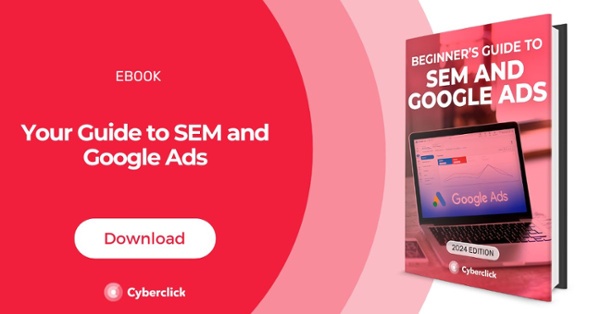

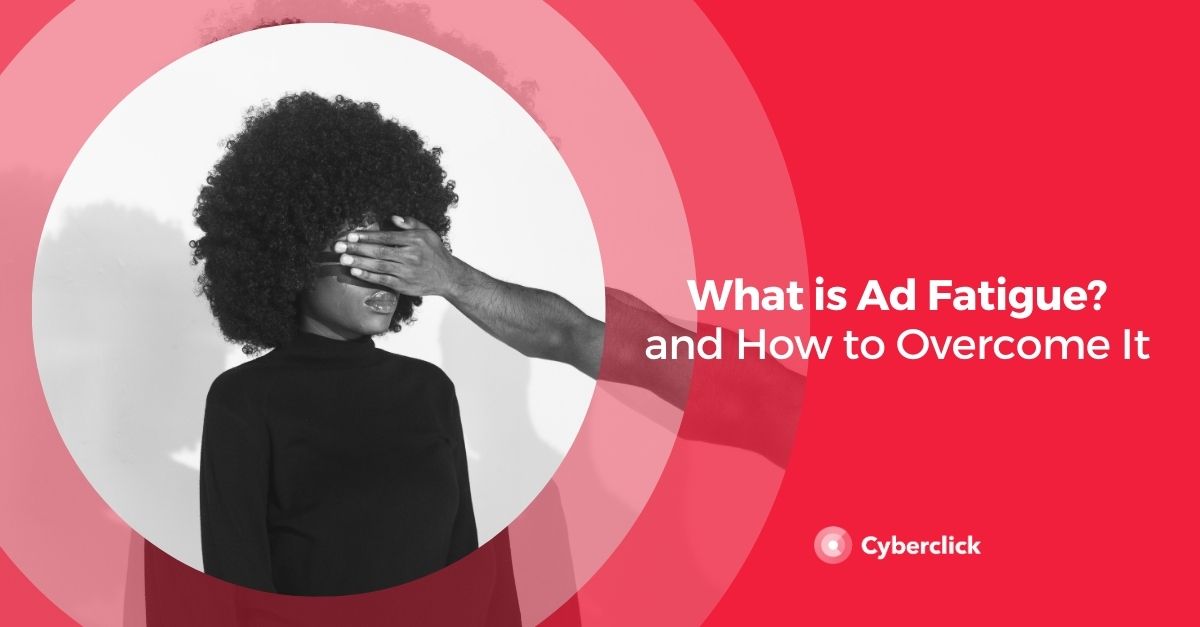
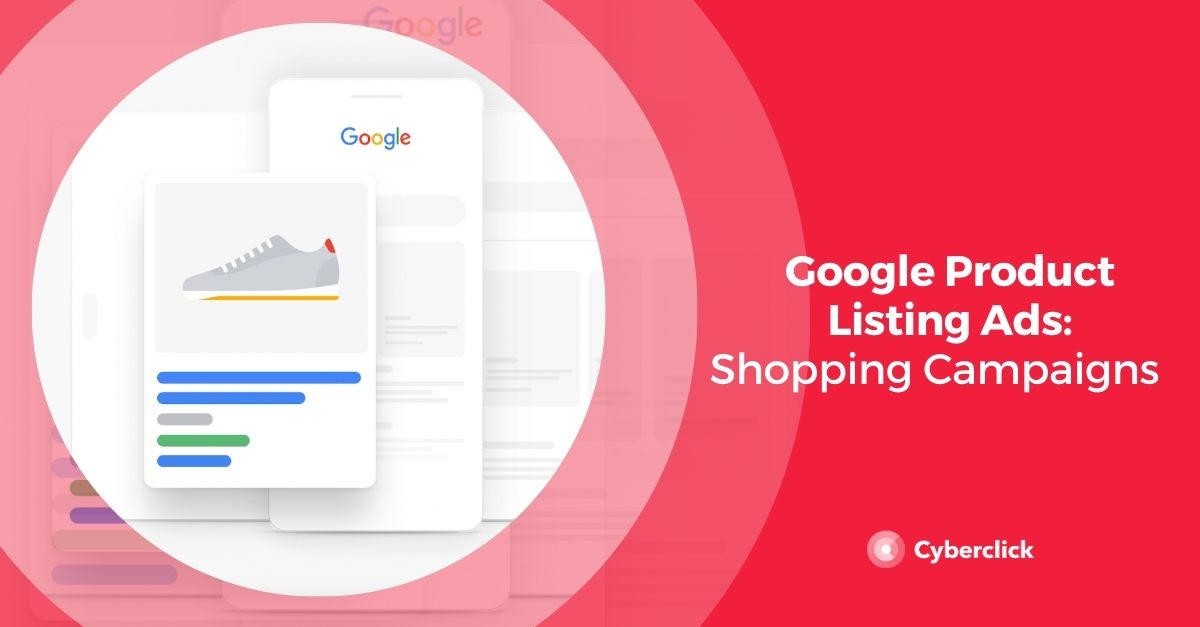
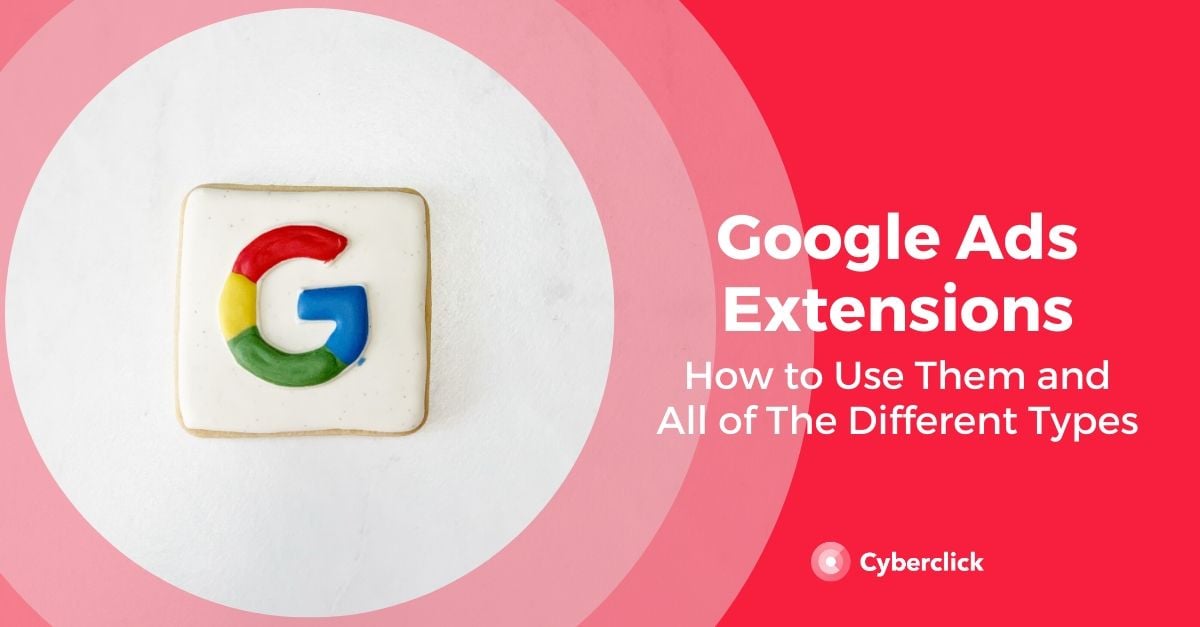
Leave your comment and join the conversation